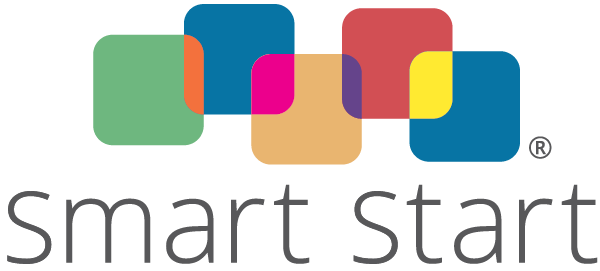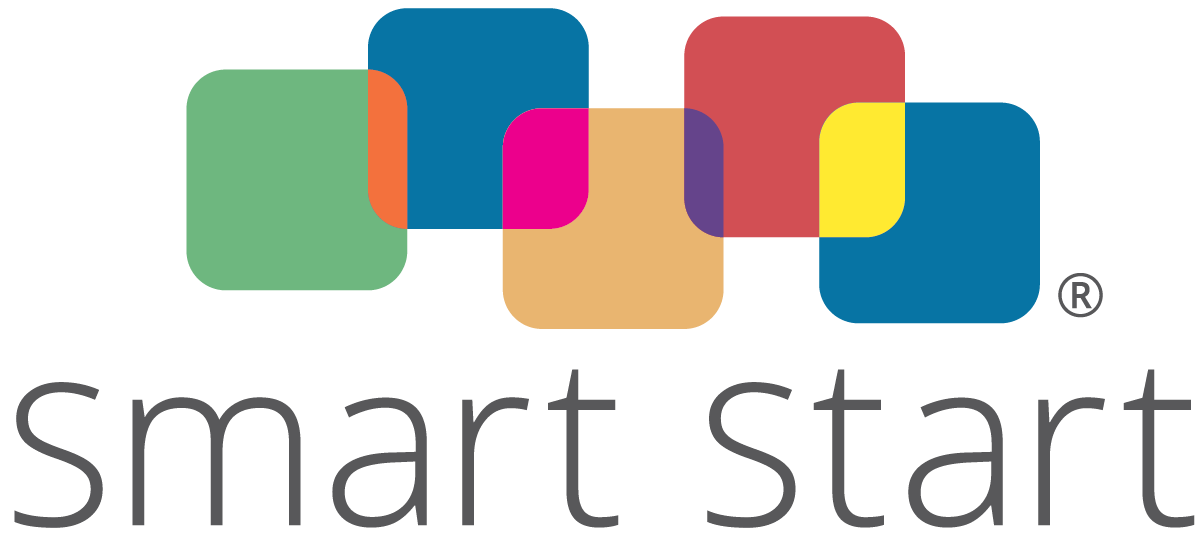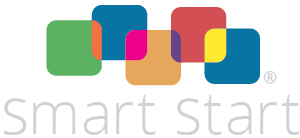New Report Shows Smart Start Improves Outcomes for Children, but Significantly Fewer Children and Families Benefitting
Fewer children and families are benefitting from programs that increase the learning and healthy development of children birth to five. While Smart Start continues to increase the quality of its program outcomes, the quantity of services and number of children and families served has decreased significantly. The decrease coincides with several years of funding cuts with the most significant reduction occurring in Fiscal Year 2011-2012. It was the lowest level of funding since 1998. The findings are shared in Smart Start’s Fiscal Year 2011-2012 Report to the General Assembly.
Findings of the report include:
- 19% fewer low-income, working families than in the previous year benefited from child care subsidy that allowed parents to work and children to attend child care or other early education programs.
- 20% fewer children than in the previous year benefited from teachers attending college-level early childhood courses.
- 8% fewer children with special needs or at risk for developmental delay received health-related services than in the previous year.
- 11 % fewer children than in the previous year attended child care programs that were served by Child Care Health Consultants who helped establish or improve health policies and procedures that prevent injuries and protect children from infectious diseases.
- 34% fewer parents than in the previous year benefited from family-focused programs that provide tools that improve parenting, promote parent involvement and show parents how to create a home environment that helps to promote their child’s development.
There were, however, several bright spots. Smart Start has shown continued success with increasing the quality of its program outcomes.
- 70% of all children in early care and education attended 4- and 5-star programs as compared to 33% in 2001.
- 81% of children whose families received help paying for early childhood care and education attended 4- and 5-star centers (compared to 30% in 2001).
- Only 6% of all children in early child care and education still attended 1- and 2-star centers (compared to 46% in 2001).
- Parents that participated in evidence-based family programs like the Incredible Years and Parents as Teachers engage in positive parenting practices.
- Children attending child care programs that participated in Preventing Obesity by Design (POD) engaged in more physical activity.
In addition, there was a significant increase (45%) in participation in early literacy programs. In 2011, the General Assembly included a Special Provision directing NCPC to implement an evidence-based pilot literacy program.
The report also highlights Smart Start’s role in NC PreK. In FY 2011-12, Smart Start local partnerships administered NC PreK in 54 counties and for 64% of children participating in the program. In addition, Smart Start local partnerships helped private child care programs improve the quality of their classrooms so they may participate in NC PreK and partnered with NC PreK providers to help eligible four-year-olds access the program.
For the first time, Smart Start has data disaggregated by age. This new information shows that increased and focused funding has produced significant results for four-year-olds. Unfortunately, with fewer resources devoted to them, children ages birth to three that attend child care programs are not faring nearly as well. Only 57% of infants enrolled in child care attend 4- and 5-star programs.
And finally, the report notes that the share of the budget dedicated to early childhood has decreased significantly, shrinking from 2.1% of the total State General Fund Budget in FY 2000-2001 to 1.3% in FY 2012-2013. These cuts have coincided with a substantial increase in the number of children birth to five in our state: 101,474 more in 2012 than in 2000.
Download the press release.
Download the Fiscal Year 2011-2012 Report to the General Assembly.


